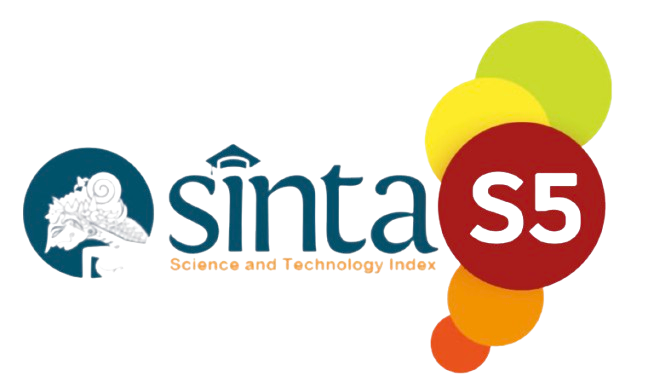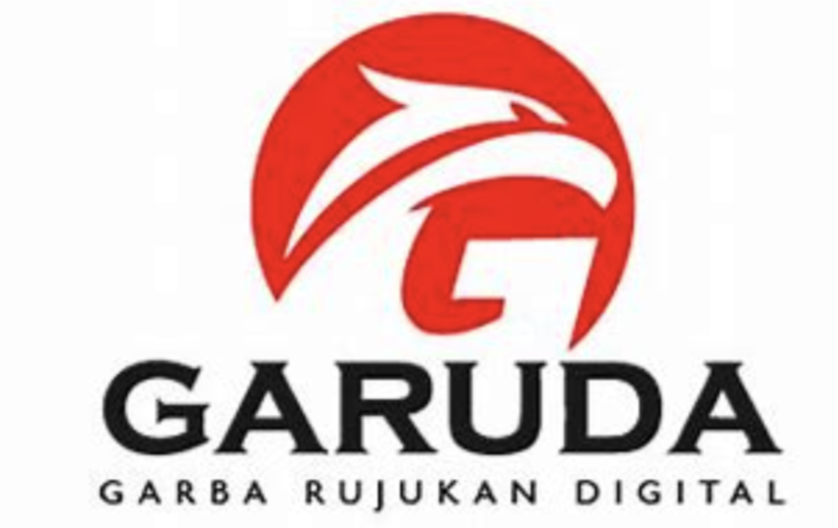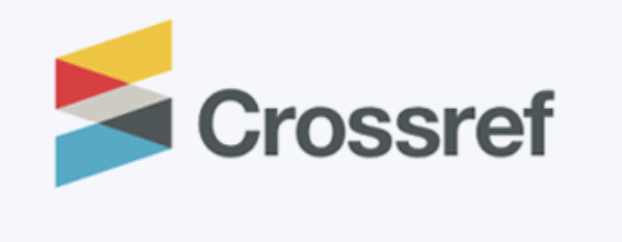The Correlation of Vocabulary Mastery, Reading Interest, and Writing Expositions Text in Senior High Class Students
DOI:
https://doi.org/10.52217/ijlhe.v4i2.858Keywords:
vocabulary mastery, reading interest, writing expositions abilityAbstract
The purpose of this study is to analyze the problems in this study is the correlation of vocabulary mastery and reading interest with the ability to make up exposition in students of class X SMAN I Banjar Margo Tulang Bawang This research was carried out due to the fact in the field that the ability to make up exposition and mastery of reading interests, as well as vocabulary mastery that needs to be feared. This study aims to describe the correlation between vocabulary mastery and mastery of reading interest with the ability to make up expositions of students of class X SMAN I Banjar Margo Tulang Bawang. The author uses a correlational method, meaning that the data is collected after all the events in direct question. The technique used in retrieving research data is a test. Research data analysis techniques include analysis requirements tests, statisti analysis, and research hypothesis testing techniques. The results of research on this thesis concluded 1) there is a positive and significant correlation between vocabulary mastery and exposition writing ability, indicated by the correlation coefficient of 0.772 and the coefficient of determination (r2) of 0.596 or 0.772 and the coefficient of determination (r2) of .596 or 59.69%, 2) there is a positive and significant correlation between mastery of reading interest and the ability to write exposition indicated by the correlation coefficient of 0.713 and the coefficient of determination (r2) of 0.508 or by 59.80%; 3) there is a positive and significant correlation between vocabulary mastery and mastery of reading interest with the ability to write expositions indicated by a correlation coefficient of 0.810 coefficient of determination (r2) of 0.656 or 65.60%.
References
Ariningsih, N. E., Sumarwati, S., & Saddhono, K. (2012). Analisis Kesalahan Berbahasa Indonesia dalam Karangan Eksposisi Siswa Sekolah Menengah Atas. BASASTRA, 1(1), 130-141.
Blasi, D. E., Wichmann, S., Hammarström, H., Stadler, P. F., & Christiansen, M. H. (2016). Sound–meaning association biases evidenced across thousands of languages. Proceedings of the National Academy of Sciences, 113(39), 10818-10823.
Cangara, H. (2007). Pengantar Ilmu Komunikasi Edisi Revisi. Jakarta: Raja Grafindo Persada.
Devianty, R. (2017). Bahasa sebagai cermin kebudayaan. Jurnal tarbiyah, 24(2).
Hastomo, T. (2016, January). The Effectiveness of Edmodo to teach writing viewed from students’ motivation. In Proceeding of International Conference on Teacher Training and Education (Vol. 1, No. 1).
Hermansyah, H. ., Hastomo, T., & Abdullah, A. (2019). The Use of Story-Telling Techniques for Improving Students’ Speaking Ability. IJLHE: International Journal of Language, Humanities, and Education, 2(2), 25–31.
Indriani, S., & Amalia, F. N. (2020). Kebiasaan Membaca, Penguasaan Diksi, Dan Kemampuan Menulis Teks Eksposisi. Jurnal Didactique Bahasa Indonesia, 1(1).
Keraf, G. (2004). Komposisi Sebuah Pengantar Kemahiran Bahasa. Flores: Nusa Indah.
Lestari, S. ., Surastina, S., Rachmasisca, F. M. ., & Hastomo, T. . (2018). The Correlation of Effective Sentence Mastery and Language Attitude with Students’ Writing Summary Ability. IJLHE: International Journal of Language, Humanities, and Education, 1(2), 1–10.
Pandini, I. (2020). Analisis kesalahan penggunaan ejaan yang disempurnakan pada karangan narasi siswa kelas XI SMAN 5 Model Palu. Jurnal bahasa dan Sastra, 5(4), 81-89.
Pramesti, U. D. (2015). Peningkatan penguasaan kosakata bahasa Indonesia dalam keterampilan membaca melalui teka-teki silang (Penelitian tindakan di kelas VI SDN Surakarta 2, Kecamatan Suranenggala, Kabupaten Cirebon, Jawa Barat). Puitika, 11(1), 82-93.
Ruspa, A. R. (2019). Penerapan Model Inquiri pada Pembelajaran Menulis Karangan Eksposisi Siswa Kelas VIII SMP Negeri 1 Sabbang Kabupaten Luwu Utara. Jurnal Studi Guru Dan Pembelajaran, 2(3), 210-220.
Samsudin, A. (2012). Peningkatan Kemampuan Menulis Eksposisi Berita dan Menulis Eksposisi Ilustrasi Siswa Kelas V Melalui Model Pembelajaran Kooperatif Terpadu Membaca dan Menulis. Jurnal Penelitian Pendidikan, 13(2), 1-11.
Wicaksono, A. (2014). Menulis Kreatif Sastra: dan Beberapa Model Pembelajarannya. Yogyakarta: Garudhawaca.
Widiyarto, S. (2017). Pengaruh Minat Baca dan Penguasaan Kosa Kata terhadap Keterampilan Menulis Eksposisi. Pesona: Jurnal Kajian Bahasa dan Sastra Indonesia, 3(1), 74-80.
Widiyarto, S. (2017). Peranan Soft Skill dan Minat Baca Terhadap Kemampuan Menulis Eksposisi Mata Pelajaran Bahasa Indonesia. Semantik, 6(2), 31-38.
Wiesendanger, K.D. (2000). Strategies for Literacy Education. Ohio: Merrill Prentice hall.
Wijaya, R., Anggraeni, S. W., & Prihamdani, D. (2020). Studi Analisis Kesalahan Ejaan Pada Karangan Deskripsi Siswa Kelas IV MI Ar rahmah Citra Kebun Mas Majalaya. Indonesian Journal of Primary School Education, 1(1), 136-149.
Yulistiani, E. ., Supriyono, S., Wicaksono, A., & Hastomo, T. . (2020). The Correlation between Vocabulary Mastery, Reading Habits, and The Students’ Writing Ability. IJLHE: International Journal of Language, Humanities, and Education, 3(1), 69–76.
Zulhernanda, W. (2018). Teachers’ perceptions on application of 2013 curriculum for elementary school in Medan. Advances in Language and Literary Studies, 9(1), 62-66.














